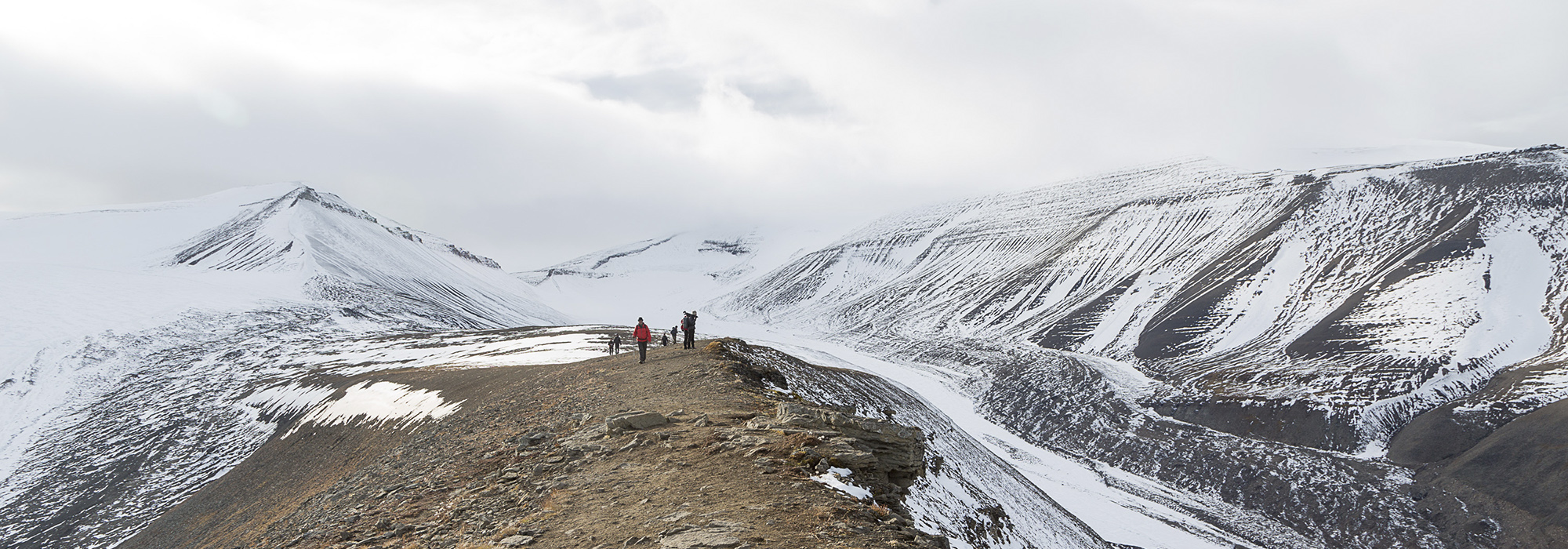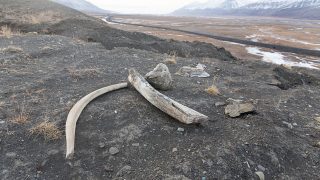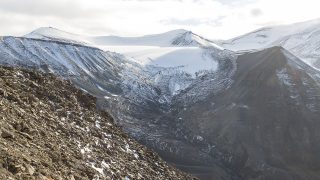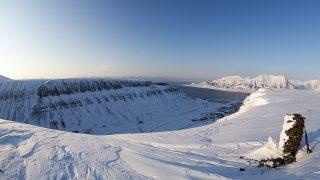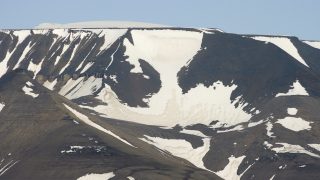The Longyearbyen Field Guide
We are a group of scientists and Svalbardians who want to share our knowledge about the vicinity of Longyearbyen with you. This app is non-commercial and meant for locals, guides, tourists and everyone interested in science.
It is initially based on the book “The Geology of Longyearbyen” and supported by the Svalbard environmental protection fund, The University Centre in Svalbard, Store Norske Spitsbergen Kulkompani and HDpublish.
We appreciate all of the voluntary contributions and support from all authors and initiators for making this app possible.



